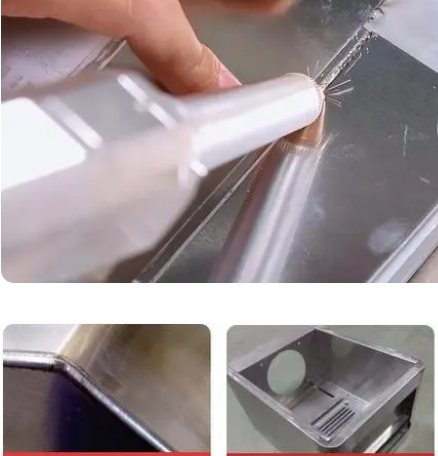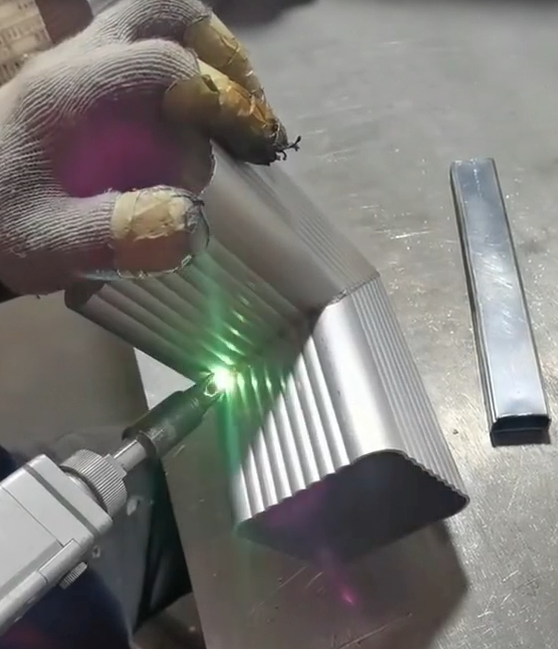Points for attention in laser welding aluminum alloy
As one of the most common light metals in the industrial market, aluminum alloy has the advantages of high strength, corrosion resistance, and low density, and is widely used in the automotive, new energy, and aerospace industries.
Laser welding is one of the main methods of aluminum alloy processing at present. Compared with other welding methods, laser welding has the advantages of concentrated heating, small thermal damage, large weld depth-to-width ratio, and small welding deformation. At the same time, laser processing is easy to be automated, integrated, agile, and flexible, and can achieve fast and high-precision welding in a mass production environment, especially suitable for high-precision welding of complex structures.
However, due to the low boiling point, low laser absorption rate, high thermal conductivity, and high expansion coefficient of the aluminum alloy itself, various unpredictable problems will occur during laser processing, including pores, thermal cracks, etc. These problems will weaken the compactness of the weld, reduce the effective welding area, and reduce the welding quality. Therefore, during the processing of laser welding aluminum alloys, attention must be paid to whether there are errors in key links and key parameters.

Surface treatment before welding
If there are pollutants such as oil stains or dust on the surface of aluminum alloy materials, it will greatly affect the quality of laser processing. Therefore, if the storage environment is not clean, it is necessary to judge whether it is necessary to clean the surface of the raw materials.
The commonly used surface treatment methods include physical treatment and chemical treatment. The physical method will not be described in detail. The chemical method is mainly to clean with metal cleaning agent, and then wash and dry. If there is pollution that is difficult to remove, you can use it here. Add pickling or alkali washing in the process.
Correct welding process parameters
The main process parameters of laser welding include laser power, beam focal spot, material absorption value, welding speed, etc. Taking laser power as an example, there is an energy density threshold in laser welding. Only when this threshold is reached or exceeded, plasma will be generated, and laser welding can run smoothly and effectively.
Therefore, the correct welding process parameters are also very important for laser welding. The current laser welding is developing towards comprehensive intelligence, and its equipped motion control system can also effectively solve most problems, but it still needs to be carefully checked before use. , to avoid parameter errors.

Protective gas
Shielding gas is directly related to welding quality and welding efficiency. Inert gas is generally used to protect the molten pool in aluminum alloy welding, such as argon, helium, etc. Argon gas is cheaper, denser, and has a good protective effect. The welding surface using argon gas will be smoother than helium gas; but argon gas will shield part of the beam and reduce the energy density, thereby affecting the effective power of laser welding. Helium is not easy to ionize and has the least impact on the beam. It is the most efficient shielding gas, but compared with argon and Helium, helium is more expensive.
In addition, it should be noted that the gas flow of the shielding gas is also one of the key factors. If the gas flow is too small, the plasma generated by welding will not be blown away, which will affect the stability of the molten pool; if the gas flow is too large, part of the shielding gas will be destroyed. Blow into the molten pool to generate air holes; only the appropriate air flow can reduce the generation of air holes and ensure the quality of laser welding